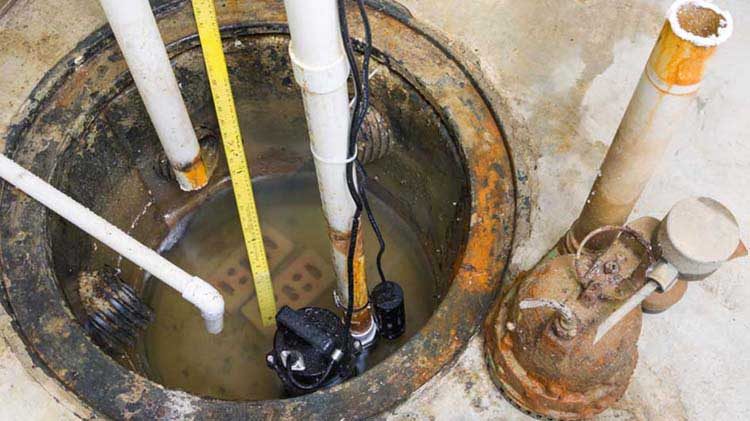
- By OC Blogger
- In Cleanup, Flood, Prevention, Sewage, Sewer, Tips, Water Damage
Reduce sewer or drain losses in your basement
How to reduce backups and floods downstairs, plus storage tips for the lower level.
No one wants to experience sewer backups in the home.
Like many questions regarding home maintenance, when it comes to sewer problems, prevention is the best solution. Considering how much damage can be caused by water in your basement, it makes sense to spend a little time testing out your drainage system and addressing any problems before a catastrophe occurs.
Here are a few easy ways to keep your basement clean and dry.
Make sure your drainage system works
Often, water in your home comes down to easily prevented problems with drainage. A few hours of work could keep the water out. Here are a few things to check:
- Your home’s gutter downspouts should extend at least 10 feet away from the foundation of the house so water is carried away from basement walls.
- Clear your gutters at least twice a year to prevent them from overflowing. Leaves and debris will clog gutters and can send water back toward your roof, walls, or foundation.
- Gutters and downspouts should not be connected to municipal sewage lines.
- Your yard should be graded to slope away from the house so surface water is drained away.
- If your gutters connect to storm sewers, keep drain lines clear.
Prevent backflow
Backflow is the undesirable reversal of water in any plumbing system. Not only can it lead to leaking and flooding, but it can also lead to the contamination of otherwise potable water.
Some homes are equipped with check-valve devices that allow water and sewage to flow away from the drain, preventing water and sewage from backing up into the drain. Gate-valve devices operate as a gate, closing and shutting off the flow of water and sewage.
Drain plugs and standpipes can also be used to prevent backflow; both are relatively inexpensive solutions, but both come with their own risks. Drain plugs seal off the flow of water but can simply cause an overflow to occur at the next opening in the system. Standpipes, or vertical pipes connected and sealed to a drain, can contain minor overflows and act as safety valves, but can only contain backflow up to their height usually just three feet.
If you think you’re having problems with backflow, contact a plumber or contractor immediately.
Sump pumps
Sump pumps are pumps that remove water from a reservoir in your home.
There are several types of sump pumps, including single sump pumps and dual-level systems, which employ a backup pump. Usually, batteries or a generator can be used to power the pump in case of a power failure.
If you’d like to get a sump pump for your home, check with your local plumbing contractor or building code official for additional requirements.
When all else fails
Sometimes water still gets in. If it does, here are a few things you can do to minimize damage:
- Items stored in basement areas should be shelved or kept off the floor.
- Furniture should be on casters or shims and arranged away from floor drains.
- Check with your local building code department, water utility, or a qualified plumber for more information on steps you can take to reduce the chance of water damage to your home.
If you suspect your home may have water damage, call our team of experts to receive a free inspection and quote. 949-877-9697 Our services include Mold Testing & Remediation, Water & Flood Restoration, Fire & Smoke Restoration, Contents Cleaning, Odor and Sewage Removal, Roof Tarping, Rebuild and more!



